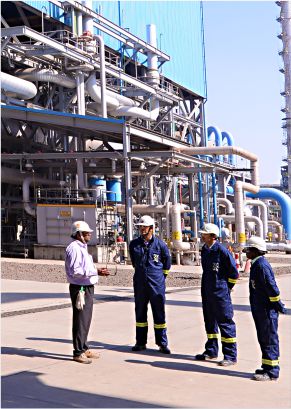OPaL emerged from a far-sighted multibillion joint venture between Oil and Natural Gas Corporation (ONGC), the largest E & P company in India, Gas Authority of India (GAIL) & Gujarat State Petroleum Corporation Limited (GSPC). The ambitious dream was nurtured by ONGC to add value to its various upstream products by converting them to high-value petrochemical products. OPaL’s commercial operations kicked off with the inauguration of the mega plant by Hon’ble Prime Minister, Shri Narendra Modi in March 2017.
Since commissioning, OPaL’s product portfolio is offering solutions across ‘essential’ and ‘aspirational’ applications ranging from plastics, packaging, rubber, yarns, fabrics, agriculture, automobiles, food industry and many more.
In a relatively shorter span of time OPaL has created its footing as one of the top-tier producers of quality petrochemical products thanks to its frontline strengths like prompt product establishment, stable and sustained plant operations and a promise of quality products and services to customers.

